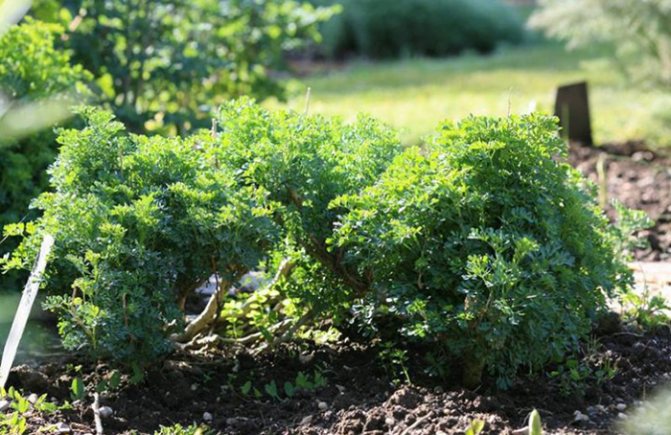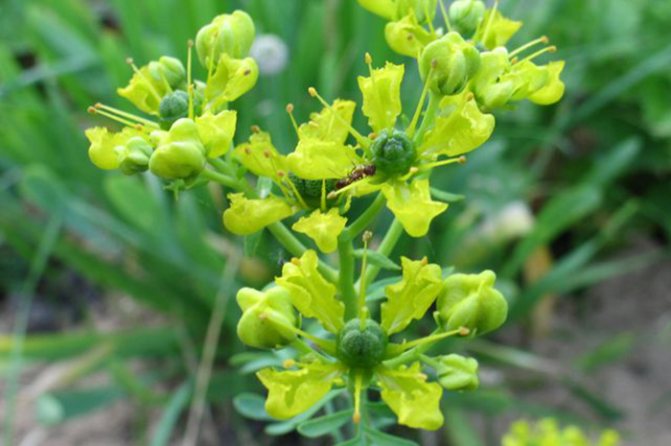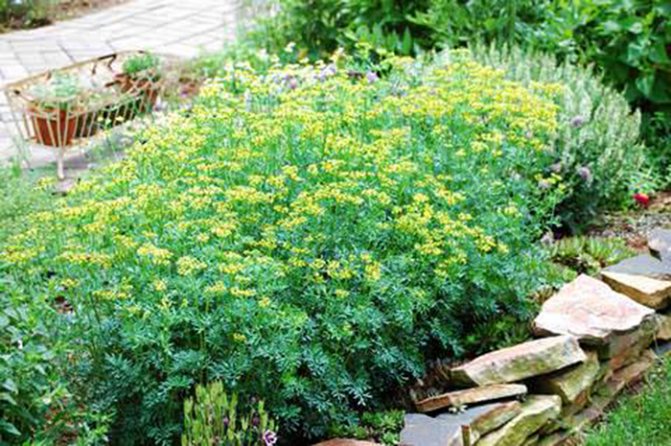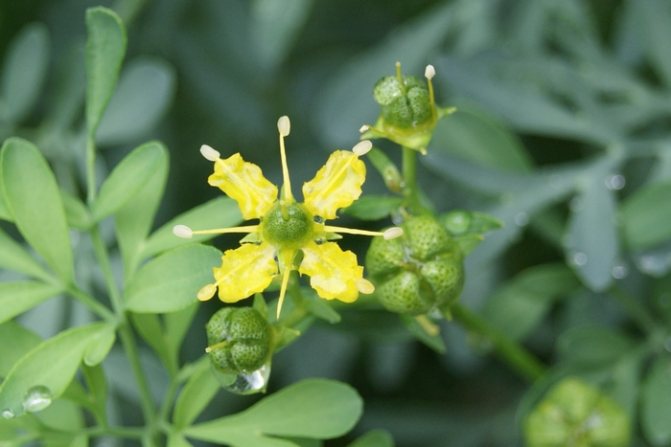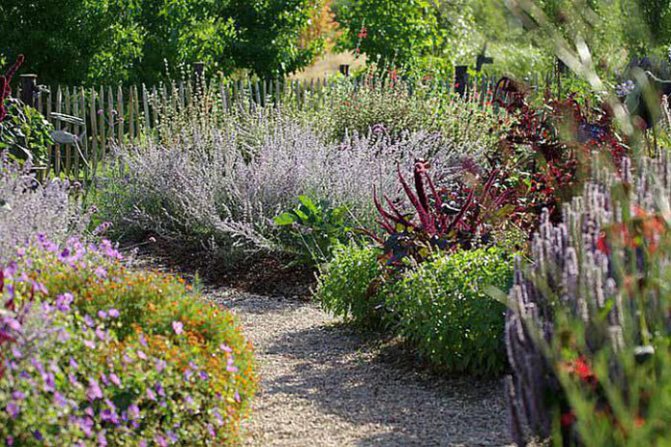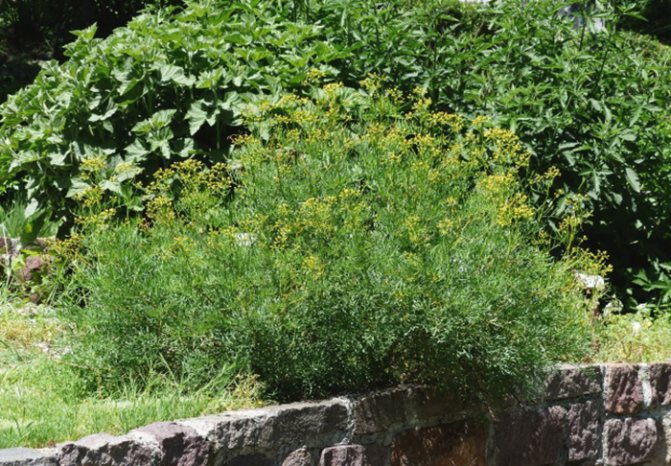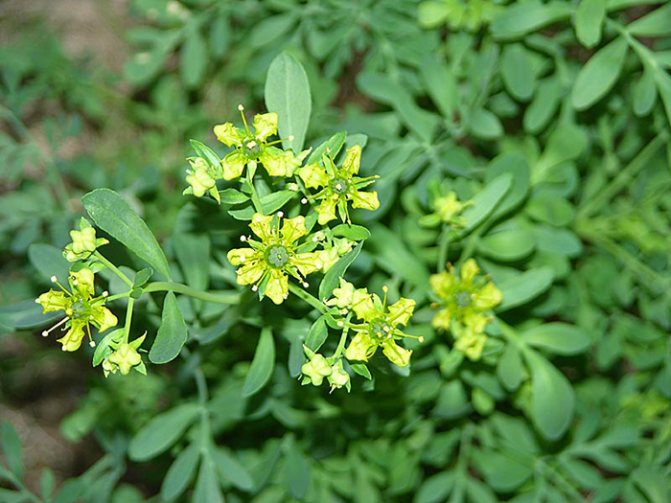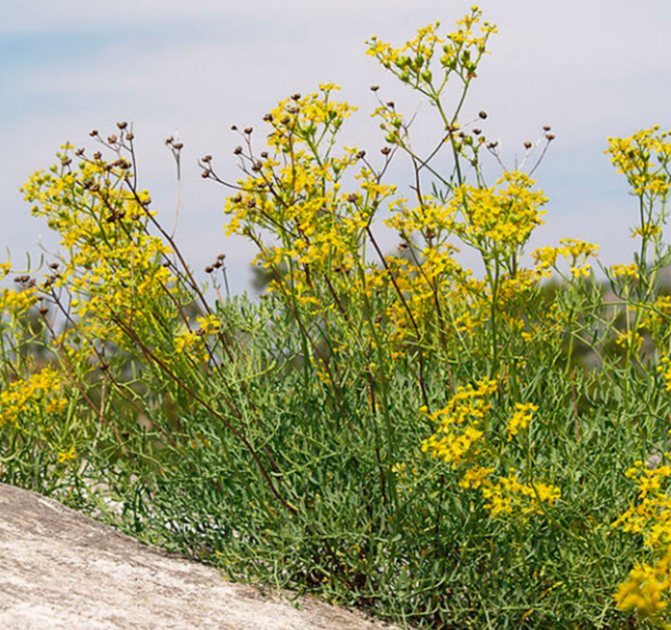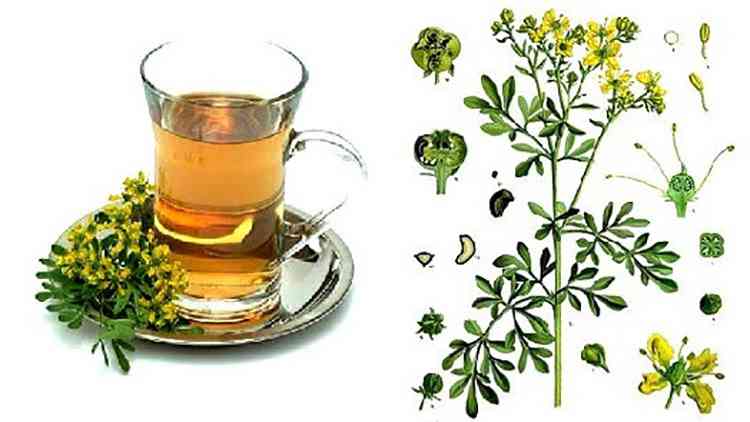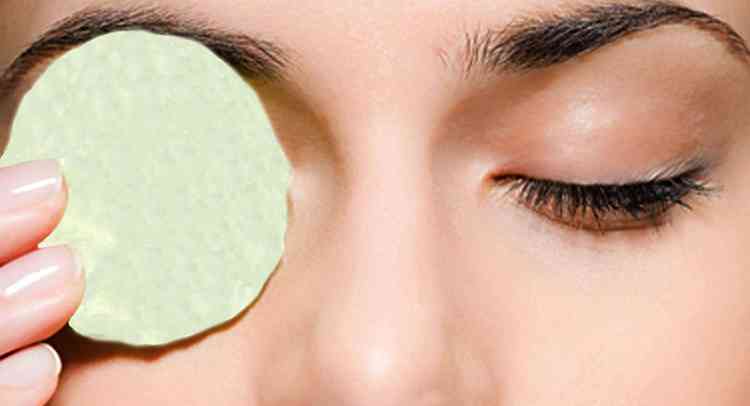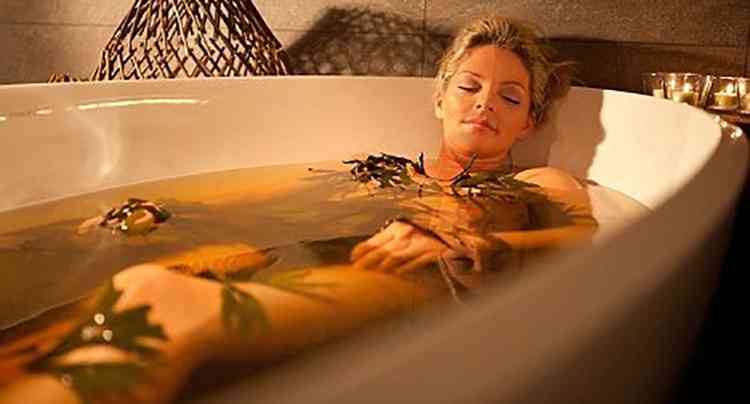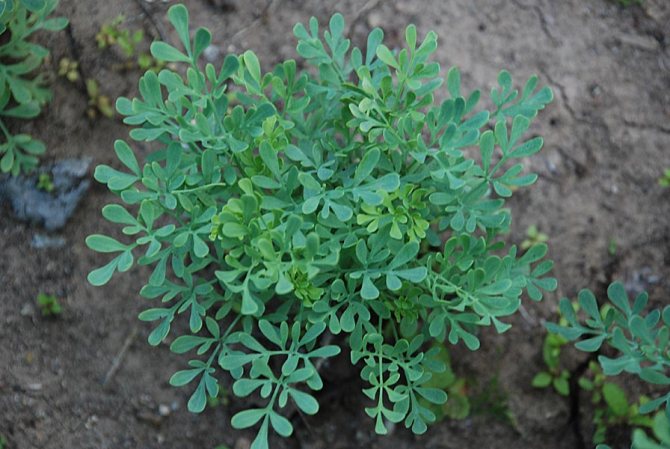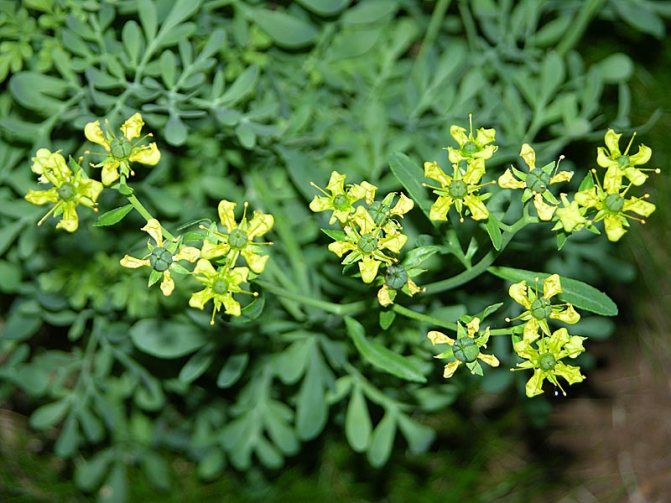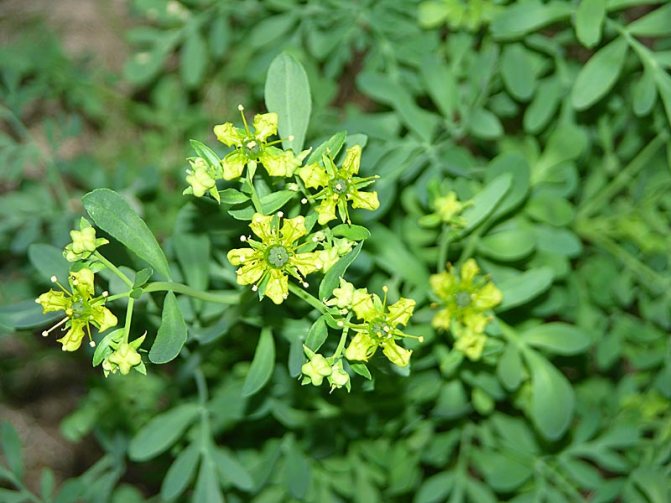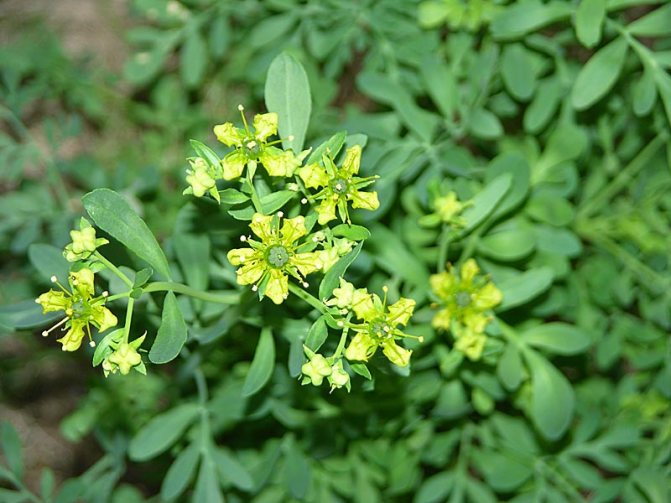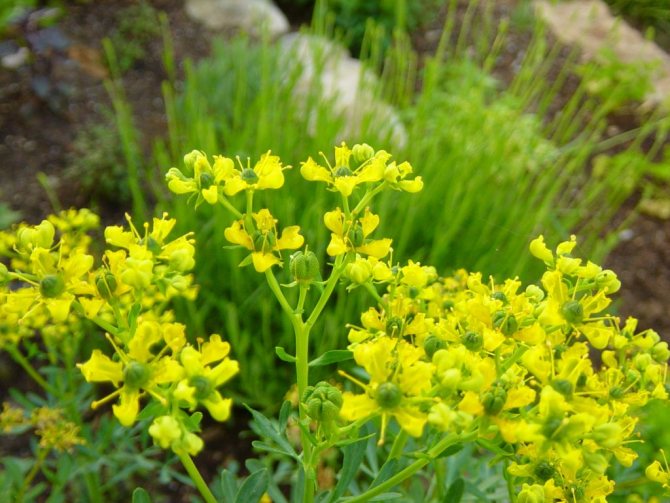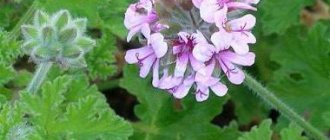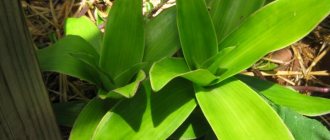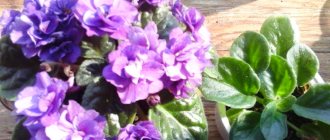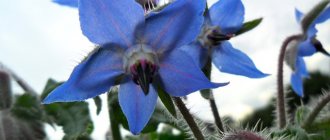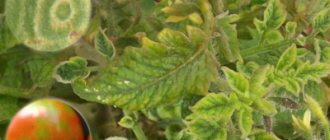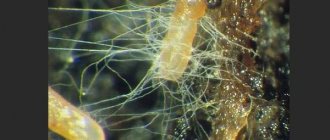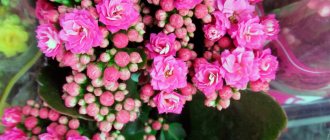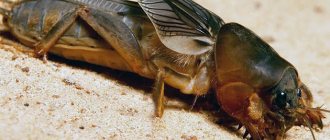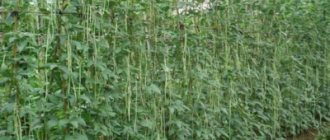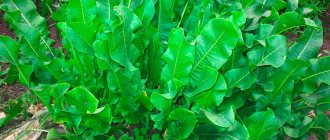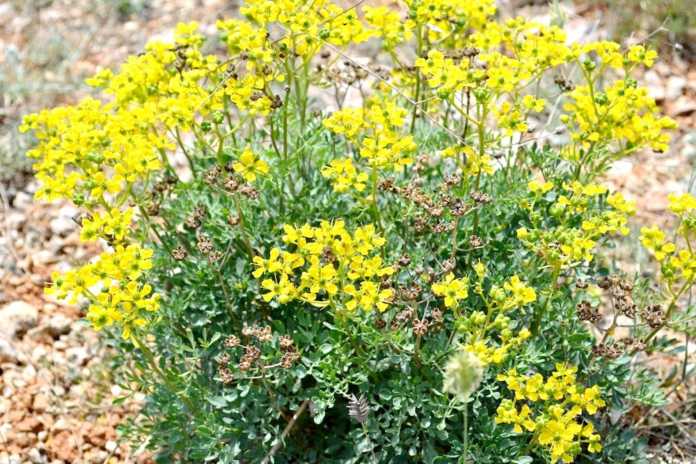
Fragrant rue - Ruta graveolens L. Perennial herb or shrub from the rue family. It is a herbaceous plant with a strong odor. The stem of the plant is branched, woody at the base. Its height reaches 70 cm.
Every year in the spring, several annual bluish-green shoots grow from the base of the plant. The leaves are alternate. Lower and middle ones with long cuttings. Their shape is oblong-ovate, dissected into segments.
The upper leaves are sessile, pinnately dissected into narrow segments. The leaf of the plant is dotted with numerous dots. If you look at the leaf through the light, it seems that it is punctured by needles. These points on the leaves are nothing but a receptacle for essential oil. It is this essential oil that gives the rue such a strong and memorable scent.
Ruta blooms in June. It is bred in gardens and parks, but very rarely. Wildly widespread in the Crimea.
Flowers in a corymbose panicle, on short stalks, greenish-yellow. They have the correct shape. Usually 4-membered, calyx with triangular sharp lobes.
Petals are helmeted-concave, more or less curly along the edge. finely serrated, less often whole-extreme. Petals 6-9 mm long, with 8 stamens and one pistil with an upper ovary.
The fruit of the rue is a spherical capsule with a diameter of 5 to 7 mm, the seeds are angular, black.
You can eat rue in small doses, as it can cause poisoning.
Places of growth of rue
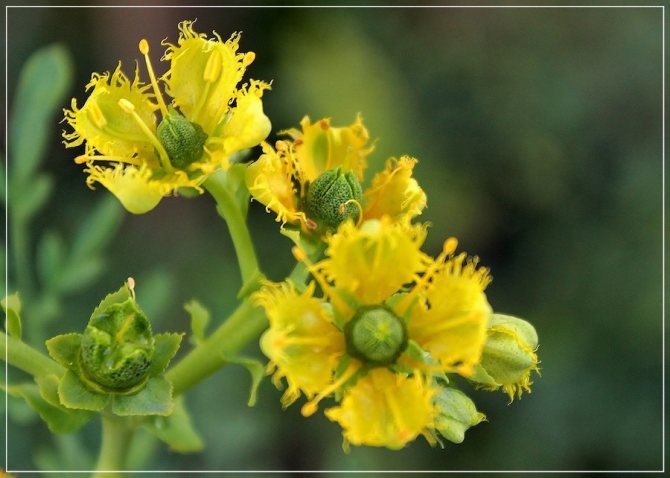

As a wild plant, it is found throughout the Mediterranean. From the Canary Islands to Asia Minor. Found in southern Crimea.
Ruta grows among evergreen low-growing shrubs. The ancient peoples believed that the plant drives away evil spirits, heals diseases and helps from poisons.
Ruta is widely cultivated in many subtropical and tropical regions as an aromatic and medicinal plant.
Seed propagation
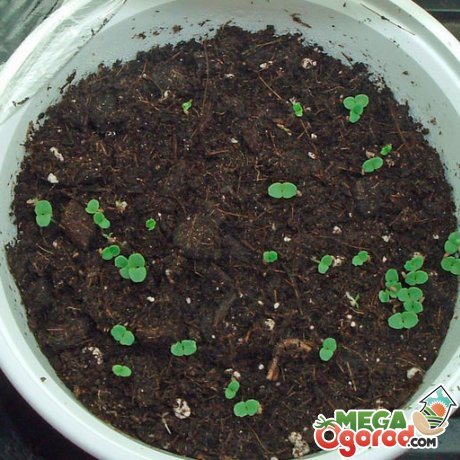

Monarda is propagated by seeds, planting them on seedlings or sowing directly into the ground. When propagated by seeds, the characteristics of the variety are not transmitted, but a new variety can be obtained. Seeds need stratification, germinate slowly. In the southern regions, they are sown immediately after ripening or in February, when the snow has melted from the site. So that small seeds are not sown in a heap, mix them with sand. The soil is slightly loosened, after adding sand. Close up no deeper than 2 cm.
More often, red rue from seeds is grown in seedlings:
- They are sown in boxes for seedlings in January or February.
- Scattered over the surface or embedded in a few millimeters.
- Pour gently from a spray bottle.
- Cover with glass or foil, set in a warm place (20 ° C).
- When the seedlings hatch, they are transferred to a brighter place and the air temperature is lowered. This happens 3 weeks after sowing.
- After another 3 weeks, the plants dive into separate cups or containers so that the distance between the plants is at least 3 cm. At the same time, the root tip is cut off, which will cause active growth of the root system and accelerate flowering.
- In May, seedlings are planted in open soil. By this time, she should have formed 3 pairs of real sheets.
The site is prepared in advance. They bring in 3 kg of humus and peat per square meter of area. If the soil is acidic, lime it by adding 40 g of slaked lime.Mineral fertilizers are added: 20 g of potassium salt, 40 g of superphosphate. Dig up the site, remove the weeds.
When the time comes to transplant the seedlings into the soil, add 20 g of ammonium nitrate per square meter of area and loosen it to a depth of 15 cm.
The distance between the bushes is not less than 60 cm. The transplanted plants are abundantly watered and mulched. This will help retain moisture in the soil. Seedlings tolerate frosts down to -5 ° C. The bushes will bloom next year. The first flowers on the strongest bushes may appear in the year of planting.
Medicinal use
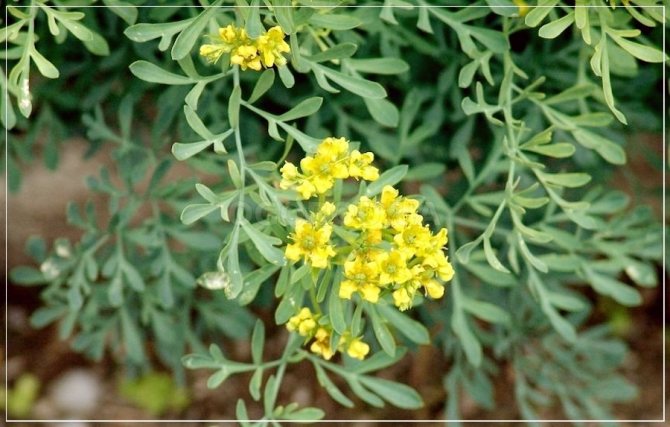

For medicinal purposes, rue leaves are used. Collect them during flowering, dry in the shade. They contain essential oil, rutin, furocoumarins, bitter and tannins.
Annual leaves and shoots of rue are used as a spice, and as a medicine, rue was mentioned in the writings of Pliny and scientists of the Ancient World.
Ruta was part of the antidote, which, for the purpose of prophylaxis, was taken by the Pontic king Mithridiat VI Eupator in 121-64 BC.
The active ingredients are various compounds:
- Essential oil 0.6-1.2%.
- Flavonoid rutin (possesses P vitamin activity, reduces the permeability and fragility of blood vessels).
- Furocoumarins bergapten.
- Xantotoxin.
Ruta medications are often prescribed for nervous system disorders. Used to treat hysteria, epilepsy, irritability, dizziness, headache. And also prescribed for atherosclerosis, climatic neurosis.
Ruta (Ruta graveolens) - cleansing, protection, wards off evil spirits, removal of damage and evil eye.
Popular name: German rue, garden rue, his Lordship's herb, mother of plants, eye rue, noble rue, fragrant rue, wine rue. Aura: warm Planet: The sun Element: the fire Deities: Ariadne Parts used: the upper, aerial part of the plant. Magical properties: protection, intellectual abilities, exorcism, purification. Magical use: to make water for performing magical rites, immerse the rue sprigs in spring water. This water is ideal for sanctification, blessing and healing.
Protection.
Ruta used to be worn on the body to protect you from the plague, but nowadays it is put in healing bags of dried herbs or in bags that protect you from illness.
Ruta is rubbing the floorboards so that the evil spell directed against you returns to the one who sent them.
In addition, rue oil helps neutralize negative energy and remove the curse. To do this, you need to grease the dry shoot of the rue with oil, put it in a bag of red cloth and carry it with you at all times so that it protects from evil forces. And if every evening for 9 days in a row, when the moon is aging, add 9 drops of oil to bathing water, then the curse or damage will be removed from you.
In case you find a magical figure of a person, a doll or an image that was used to induce damage, you should not touch it yourself. We need to take a bottle of rue oil and moisten the doll with it. The doll should be completely covered in oil. After that, bring it to the fire and set it on fire (even if it is a clay doll, the main thing is that the clothes or the oil itself are on fire). At the same time, you must pronounce the following words (if necessary, include the name of the God whom you worship): You are powerless, you are burning in the name of Almighty God - go out and leave me alone.
If, due to the danger of fire, neighbors or for any other reason, such a ritual cannot be performed in the place where the doll was lying, you still cannot touch it, but it is worth moving a wooden stick to some secluded place in yard, pour oil over and, again, set it on fire.Rute oil will remove damage, and burning the doll symbolizes the transformation of the curse into ash. While the doll is burning, one must try to mentally see how the damage is removed. Imagine a huge wall made up of large stone blocks. If you see how the wall begins to collapse, then everything is going right.
Love.
Breathe in the scent of a crushed fresh plant to leave you envy, suffering from unrequited love, and narcissism. Ruta is used to get rid of the mental pain that unsuccessful love brings. Attracts love.
Used in general love spells, excellent for talismans, helps break love curses.
The loving qualities of rue were also used in the old days, when witches lured inexperienced young men to places where this plant blooms profusely, in order to deprive them of their virginity. The scent of this plant drove young people crazy, and even disgusting and completely not charming witches seemed to them to be goddesses.
Exorcism.
Add to incense designed to drive out evil spirits, and put in bags with dry herbs that help cleanse. Use in rituals to overcome inactivity. Drives away evil forces, removes the evil eye, corruption and evil spells.
The plant averts the evil eye, suppresses envy, resists black magic and bestows blessings. Rutu, along with other protective herbs, is worn in a special pouch around the neck as an amulet against evil forces.
Medicine.
Ruta - from the Greek reuo - "for liberation", because this herb is so effective in various diseases. Anthelmintic, sedative, menstrual stimulant, antirheumatic, carminative, choleretic and diuretic. Used to stimulate appetite and relieve pain in case of stomach and uterine cramps.
Indian medicine uses it as a stimulating, antiseptic and abortive agent, as a tonic, for the treatment of impotence, for the treatment of ozenes, purulent and chronic wounds, boils, ulcers, scabies; with rheumatism, rickets, allergies. The leaves are used for hysteria, colic, intestinal atony.
Chinese medicine - as an anti-inflammatory agent, a remedy for headaches, pneumonia, amenorrhea, epileptic seizures, an antidote for snake bites. Ruta is included in formulations used against exhaustion and insanity. It is used externally as a remedy for scabies (as an ointment). Inside as tea or powder. Leaves are anti-inflammatory, sedative, antispasmodic, anti-spasmophilia.
Austrian medicine - uses leaves harvested before flowering. Flowering herbs for rheumatism, heart disease, neurosis, gout, poor eyesight. For women - during menopause (contraindicated in pregnant women), for men with impotence. Austrian researchers found that in July a lot of rutin accumulates in the rue - as a result of which the rue is used for paralysis and fragility of the vessels. It is used in the form of a decoction, cold infusion.
In German and Polish medicine - as an anti-inflammatory agent, a remedy for atherosclerosis and other diseases.
Bulgarian medicine uses the aerial part of the rue for blepharitis, conjunctivitis, accommodative muscle spasms, dysmenorrhea, arrhythmias, tachycardia and other diseases. Outwardly against papillomas of the larynx (like gargling); lotions for bruises, damage to the periosteum, paralysis of the facial nerve; baths - with scrofula, rickets.
In dentistry - as an anti-inflammatory agent. The antibacterial activity of the infusion or decoction of rue against Staphylococcus aureus has a fungistic effect.
Recipes: For varicose veins: Cover with 2 tbsp.spoons of fragrant rue herb in a glass dish, pour 1 glass of vodka and insist for 10 days in a dark place. Strain and take 10 drops per 1 tbsp. a spoonful of water 3 times a day.
Ruta tea: 1 teaspoon with the top of the herb is poured into 1/4 liter of boiling water, infused for 5 minutes and filtered. Enough 2 cups a day; in this case, there are no side effects, except for the general ones (see below).
Infusion: 1 teaspoon of chopped herbs is poured into 0.5 liters of hot water, boiled for 3-5 minutes over low heat, cooled at room temperature and filtered through two or three layers of gauze. Take 1 / 3-1 / 2 glass 3 times a day after meals.
With vitamin deficiency: 1 tablespoon of a mixture of rue leaves, tricolor violet herb and black elderberry flowers in a ratio of 1: 2: 2. boil for 1 minute in 1 glass of water and drink half a glass twice a day.
In case of hysteria: 1/4 cup of a mixture (equally divided) of rue leaves and valerian roots is poured with 1 cup of boiling water, insisted, drained and given to the patient to drink it in a day.
Broth with scanty discharge during menstruation with pain in the lower abdomen: Ruta leaves, mixed in a 1: 2 ratio with parsley seeds, pour 1 tablespoon of the mixture with 1.5-2 glasses of water, boil for 10 minutes and drink no more than 1 glass per day.
Or 1 tablespoon of a mixture of shandra herb, rue leaves and forest flowers in a ratio of 2.5: 1: 1.5, boil for 30 minutes in 1 glass of water, insist until it cools down, and drink 1 glass three times a day.
Instead of steam, drops of alcoholic tincture of rue leaves are used: 1 part of juice from fresh mashed leaves is poured with 6 parts of alcohol, insisted for 10 days in a dark place, filtered, squeezed, filtered through a cotton swab. Drink 10 drops three times a day on a spoonful of water or a breast of sugar.
Contraindications: It is absolutely unacceptable to exceed the prescribed dose for you, as rue is poisonous. It is contraindicated for expectant mothers, and when fresh applied to the skin causes redness, inflammation and burns. In case of poisoning with rue, the consequences will be salivation, swelling of the tongue, gastrointestinal upset, difficulty breathing, bradycardia.
Symbolism.
In Jewish symbolism, it personifies repentance and is used in rituals to ward off evil.
In Europe, it acquired the meaning of sorrow, and its name became a homonym for the word "grief". In addition, it is a means of terminating pregnancy.
Plant of the Sun. Means grace, purification, virginity. Turns off evil spirits.
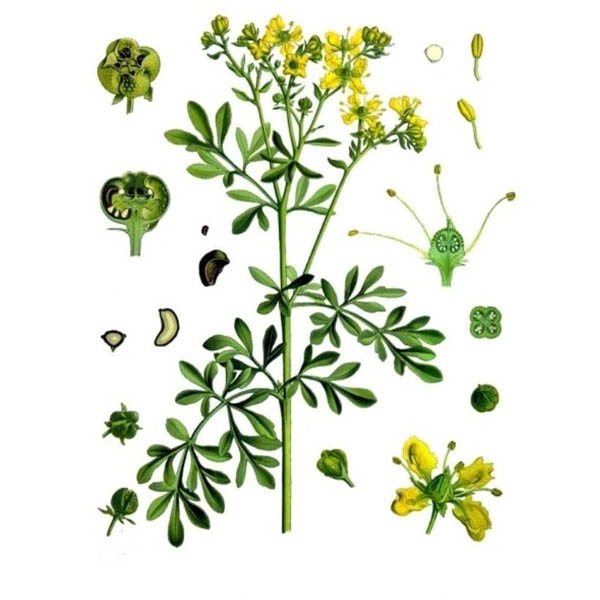

Ruta in folk medicine
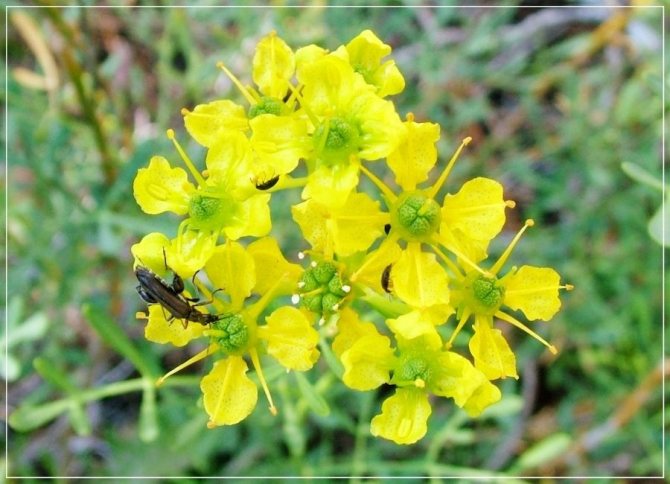

In folk medicine, rue is considered a tonic, analgesic, hemostatic, anticonvulsant and wound healing agent.
It is used as a tincture for:
- Nervous disorders.
- Spasms of the muscles of the stomach and intestines.
- As an anthelmintic.
The infusion of the leaves is used for baths for skin diseases.
In folk medicine, a decoction of herbs is drunk with:
- Heart disease.
- Nervous system disorder.
- Dizziness.
- For diarrhea.
- Fevers.
- Uterine bleeding.
Growing red rue
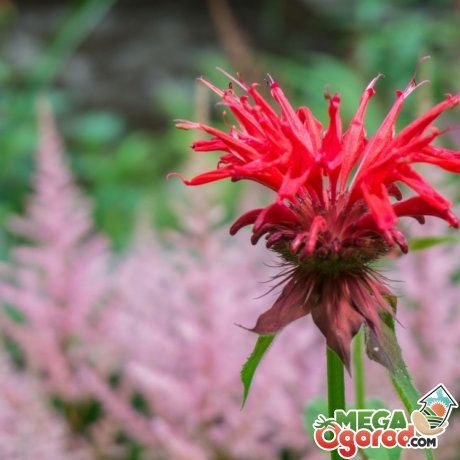

Shoots of rue rue hatch from the melted earth immediately after the snow melts. The first flowers begin to open in July. Flowering continues until the end of August. A large, three-year-old and older bush has up to 40 shoots, on which there are about 200 flowers. It remains decorative until November. At this time, few flowering plants remain in the garden, so the flower is appreciated by gardeners.
Ruta prefers a slightly acidic, light soil, but it grows well on black soil.
It must be drained so that moisture does not stagnate near the roots. In the wild, the monard grows on wastelands and along roads. Therefore, a sunny and dry place is chosen for it. In the shade, the bush grows well, but blooms poorly. It is advisable to plant in an area where there are no drafts.
Monarda does not require special care during the growth process:
- Weed the aisles, loosen the soil in order to improve the flow of air to the roots of the plant.
- Watering is necessary only in case of severe drought.
- For abundant flowering, it needs feeding. A mixture of rotted manure and peat is used as fertilizer in the spring; in summer, Kemira or Agricola is applied every 2 weeks, starting from mid-May to early September. It grows well after feeding with mullein infusion, diluted in a ratio of 1:10.
- The plant is practically not damaged by diseases and pests. Insects are repelled by a strong odor, phytoncides also protect against diseases. Sometimes the monarda is affected by powdery mildew. You can get rid of the disease by treating the plant with copper-containing preparations.
Chervona Ruta is a frost-resistant plant. She does not need to be covered for the winter. The aboveground part dies off, and the roots remain intact.
Interesting Facts
Ruta is a poisonous plant. Long-term use of drugs from it is not recommended. It is contraindicated for pregnant women to take rue. Topical application of rue can cause skin burns.
Outwardly, medications from rue are used in the form of lotions, compresses, treatment of scabies, ulcers, and sores on the skin. Eyes are washed with rue powder for conjunctivitis.
Fresh plant juice mixed with honey is used to treat fresh bruises, bruises and as a wound healing agent. Fresh rue leaves are applied to bruises and bruises.
Rutic essential oil is a good antihelminthic agent.
From the fresh aboveground part of the rue, which is harvested before flowering, an essence is prepared. This is the basis for the preparation of homeopathic medicines.
It is believed that snakes never appear where rue grows. Ruta is also intolerant of flies. If you put a sprig of rue in a vase of water, the flies immediately leave the room.
Ruta fragrant photos and descriptions
Botanical name: Rue - Blue Jackman's Blue
Jackman's Blue is a compact hybrid variety with small silver-blue metallic leaves, growing to about 60 cm wide and 60 cm high. Most often grown for decoration in modern gardens, its strong aroma and attractive appearance is perfect for this.
There are several varieties of the common rue, which is a perennial shrub up to 45 cm wide and up to 1 meter high, with many stems extending from the woody base. The bitter-tasting leaves are usually gray-green, blue-green, or even variegated and may differ slightly on the same plant. The leaves have a strong aroma, often described as unpleasant. Yellow flowers appear in early summer.
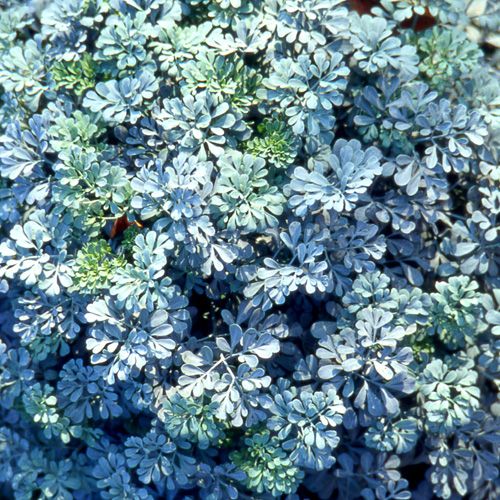

In the natural Mediterranean environment, the shrub becomes wild. It was highly recommended by ancient writers such as Hippocrates as a cure for many ailments. The name "rue" comes from the Greek and means "to liberate", and appeared in writing in 1562, where its various healing properties were noted. Great Italian artists used it to improve and preserve vision, helping it to be "crisp and clear."
Once the herb was added to the Holy Water, and the plant received the name Grass of Grace. Rutu is also associated with magic and witches. It was considered an anti-magical plant by the ancient Greeks, it was used for protection when meeting people who, in their opinion, practiced witchcraft. In the Middle Ages, the herb was also considered a powerful defense against witches, and was also used in many spells and is believed to give second sight.
Nowadays, the rue is usually used in life, for the decorative delineation of the garden.
Helpful information
Rhut oil is actively used in aromatherapy:
- applied to the ceramic surface of aroma medallions;
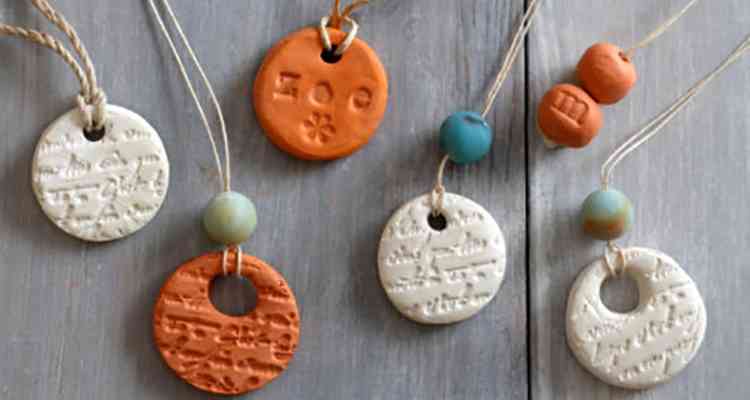

- added to oil mixtures in aroma lamps, incense burners, aromatic fireplaces;
- splashes on hot stones in a sauna, bath;
- mixes up with water and is sprayed indoors with a spray bottle;
- added to massage oil, creams and lotions after shower, ready-made cosmetics.
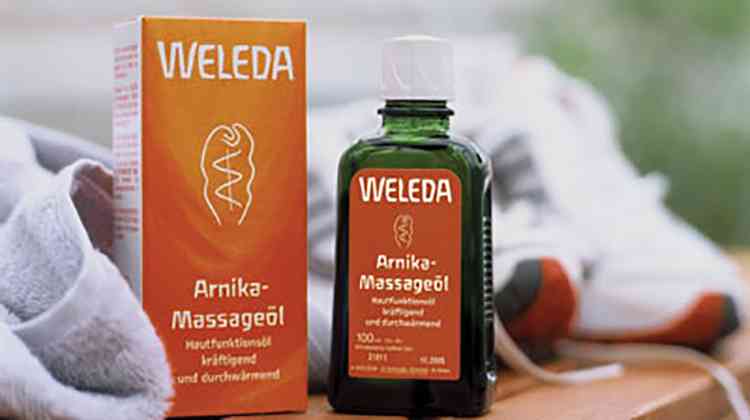

Such aromatherapy helps to calm down after a stressful day, recuperate, collect your thoughts. Experts say that the aromas of rue oil help to cope with sadness, bitterness, pain of loss, get rid of feelings of guilt, shame, and anger.
In cooking, teas, home-made alcoholic beverages are flavored with fragrant herb, added as a spice to meat dishes (especially combined with lamb), cheeses, side dishes, marinades. Rute oil is added to ready-made teas for aromatization and enrichment of taste.
In horticulture, fragrant rue is planted in spicy-aromatic gardens, front gardens, vegetable gardens, decorative borders are formed by dense planting of plants.
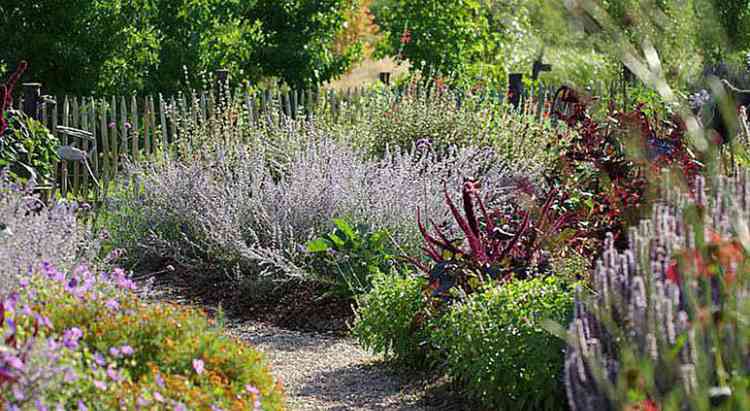

How to harvest rue herb?
It is recommended to harvest it during the period of the most active flowering.
When collecting, you must be very careful and use rubber gloves, especially for those people who suffer from various forms of allergies, since the fresh juice of this plant has an unpleasant feature of provoking its aggravation.
The tops of this plant are cut, thoroughly washed and dried naturally in the shade, where there is good access to fresh air - it is best to do this in the attic, under some kind of awning without direct access to sunlight.
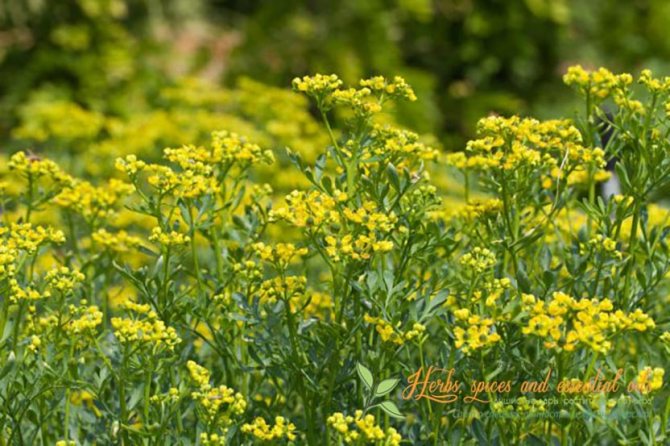

You can do this in special dryers, but you need to look carefully so that the drying temperature of this raw material does not exceed forty degrees.
It is necessary to store the dried herb rue in a tightly closed container, in a dark and preferably cool place.
The term of use of the harvested raw materials is no more than one year, provided that all the rules for storing this plant are observed.
Description
Fragrant rue grows up to one meter and is characterized by an erect stem. It is a semi-shrub intermediate between herbaceous plants and shrubs, which has a woody lower part of the shoots. The leaves are round in shape and contain a large number of secretory glands from which essential oils are extracted. Small, yellow flowers appear in summer. Flowers, depending on the location, can be five-membered (peak) and four-membered (lateral), collected in semi-umbellate inflorescences at the top of the stem. After flowering, a box appears with very small seeds.
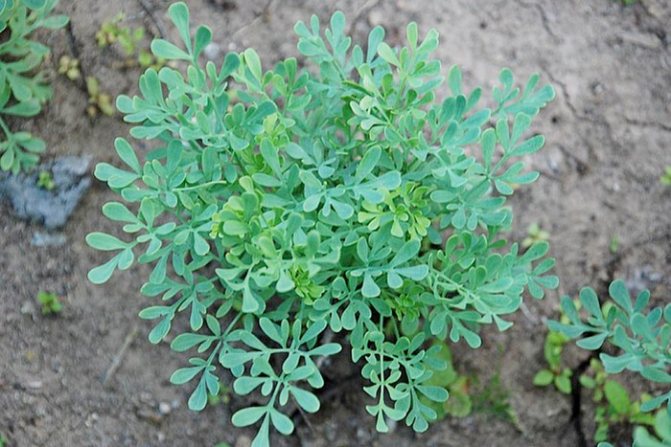

Do you know that…
Ruta leaves are the prototype of clubs that appeared in the deck of cards.
Growing on the site
The plant is very decorative almost all season. Given its southern origin (Mediterranean), the plant should be placed in a sunny area protected from cold winds. The soil is preferable fertile, permeable. Ruta does not tolerate stagnant moisture in spring.
The plant propagates by seed. It is better to sow them in a pot in March and grow seedlings. In the phase of 3-4 true leaves, the plants dive. It is better to plant immediately in separate pots, then when planted in a permanent place, the plants quickly start to grow and acquire a decorative look.
Seedlings are planted at a distance of 30-40 cm in early June. Care consists in weeding, loosening and feeding with complex fertilizers or diluted mullein or bird droppings.
You can sow seeds directly into the ground in early spring, but in this case, the consumption of seeds increases greatly, and the truly decorative plants will be only by the next season.
Sheltering plants for the winter does not always give good results. They often start to vomit. Therefore, to cover or not to cover is a rather controversial issue. In the spring, the plants are cut to live wood and fed. In this case, they grow back rather quickly and form a large leaf mass. Plants grow in one place in the non-chernozem zone for 3-5, and sometimes even more years.But gradually they still begin to fall out, so you need to take care of replacement.
The plant is so decorative that it will decorate any plant composition: mixborder, rocky garden and just a flower bed in front of the house.
Photo: Rita Brilliantova, Maxim Minin
What is the root and how to grow it in the garden?
Ruta is an evergreen plant grown to decorate gardens. Its distinctive feature is bright small flowers with a strong and persistent aroma.
Useful properties of rue
Fragrant rue preparations have the effect of:
- antispasmodic;
- sedative;


- diuretic;
- choleretic;
- anthelmintic;
- wound healing;


- anticonvulsant;
- estrogenic;
- hemostatic.
Coumarins in the composition increase the sensitivity of the skin to ultraviolet rays. Despite toxicity, preparations from dried raw materials are considered an antidote (antidote) for a variety of plant poisons, toxins, neurotoxins, snake and insect bites. Rute oil has an effect on the body:
- antibacterial;
- antifungal;
- anesthetic;
- improving psycho-emotional state.



